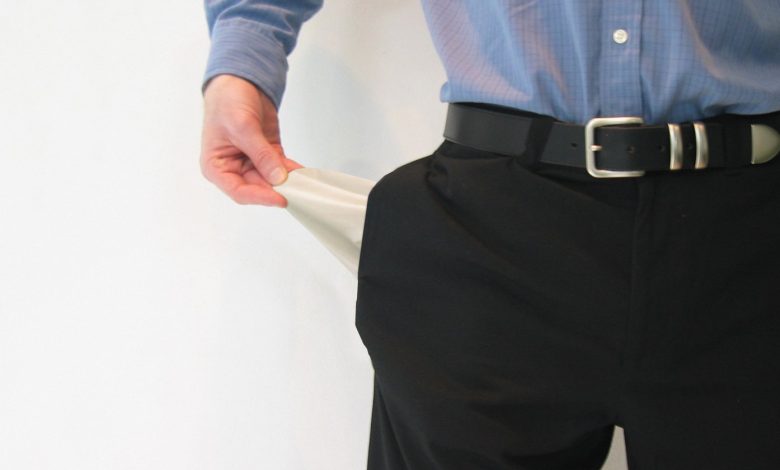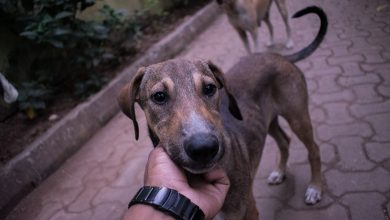Connexion: One in Four Malaysians is Poor


By Joachim Ng
COVID-19 has exposed a raw condition belying Malaysia’s public glitter and oilfields. The hundred-odd charity groups that were formed in all cities for the purpose of handing food to starving families during the Movement Control Order (MCO) period attest to the falsity of the nation’s official poverty figures and demographics of poverty.
In recent years, the Government has been saying that only 0.4 percent of households or 27,000 households live below the national poverty line income, fixed at RM980 income per month, and most of these households are in the backwoods countryside areas. But the starving COVID families live in cities, and they comprise all ethnicities including Chinese who are famously but falsely portrayed as rich to the last person.
The number of urban households receiving NGO food aid more than equals the number of poor households in backward rural areas. This already brings the poverty figure to double that of the official number. Most shocking are the numbers of homeless folks sleeping on public benches in Ipoh and other cities, utterly dependent on charity food packs to keep alive.
According to the Government, if you earn RM8 a day you are not poor. That is what RM980 per month per household works out to per head. Unbeknownst to most, this figure of RM8 a day or RM240 a month is based on a cost-of-living survey conducted 55 years ago in Kuala Lumpur and, for mysterious reasons, is still treated as valid.
But RM240 today is not even sufficient to cover your monthly urban room rental. You need RM2,000 to pay for the following essential items every month at a basic level: food, housing, utilities, transport, healthcare, personal care, and other essential expenses. If your salary is RM2,000 you need to spend every sen you earn. Nothing left over for savings. You are poor.
In fact, you need to have RM330 a month as cash savings so that in 12 months you have accumulated RM4,000 savings in the bank, equivalent to two months expenses. COVID-19 has shown that unless you have two months of cash savings, if your income suddenly drops to zero you will need some NGO to put you on a life-support system.
So to be non-poor instead of poor, you need to earn at least RM2,330 a month if you are working in Klang Valley. This figure is just slightly higher than the national median wage of RM2,308. If you stretch out all salaries from the lowest to the highest in a straight line, the midpoint salary is the median salary. Anybody earning less than RM2,330 in Klang Valley is poor. As the cost of living in Perak is 25% lower, the poverty line for Perakians is RM1,750.
From official calculations, 27% of the population fall into the poverty bracket. So one in four Malaysians is poor: among them are Malays, Chinese, Indians, and other ethnic groups.
Is there a new way to resolve poverty? Yes, the first step is to abolish the silly B40-M40-T20 classification which tells you nothing and is just a convenient 40:40:20 (bottom-middle-top) division. A more practical grouping method is Poor (25%), Non-Poor (50%), Non-Rich (15%), and Rich (10%). With this grouping method, the Government can set a visible goal of moving the numbers from Poor to Non-Poor, and from Non-Poor to Non-Rich.
The Rich are very important as many philanthropists have aided thousands by helping them with grants to achieve their educational goals and other lifetime objectives. But to lift 25 percent of Malaysians out of poverty, we need economists who walk the real ground daily and not the hallways of Putrajaya.


